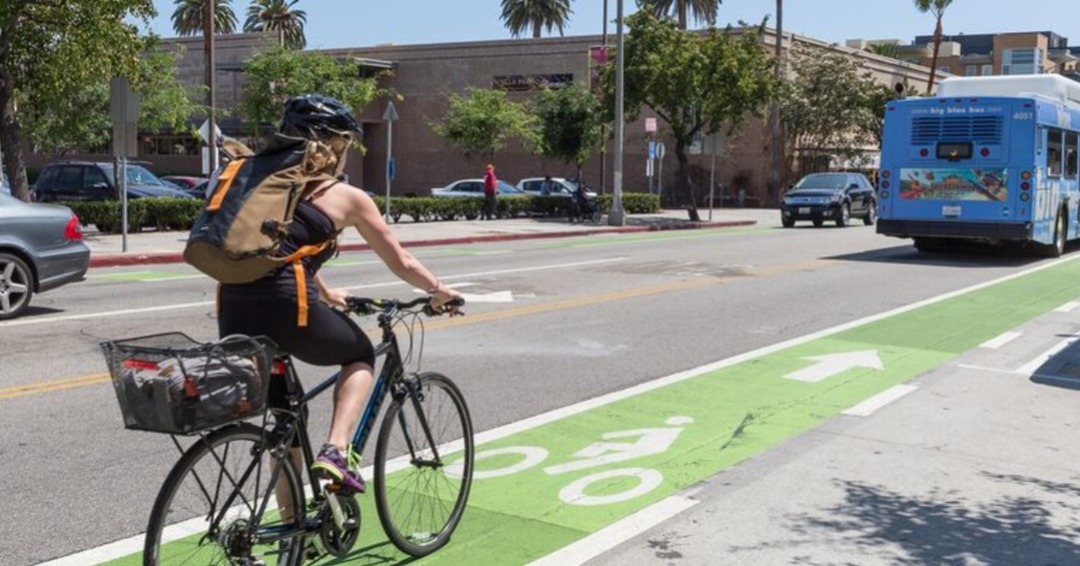
As someone who’s always out and about, whether walking, biking, or driving, this writer has noticed a worrying trend that affects how we use our public spaces. Private companies are taking up more and more of our streets and sidewalks, seemingly only caring about their own interests and not considering the people who actually use these spaces. This puts pedestrians, drivers, and bicyclists at risk, leading to some dangerous situations. These companies are often pushing the limits of what’s legal and safe.
What’s particularly disheartening is the lack of action from our city authorities. They seem to disregard these activities, making them more common over time. As a result, our streets have become less safe, and we no longer feel as secure when moving around our city.
Before things worsen, our city needs to acknowledge the problem and take decisive action. We have to identify the specific issues caused by private companies using our public spaces and establish policies that prioritize the safety and well-being of all residents.
One primary concern is the reckless way in which some of these companies use our sidewalks and streets. For example, those electric rental scooters are often scattered all over the sidewalks, making it difficult for pedestrians to move around and even posing tripping hazards. And let’s remember the remote-controlled motorized food-delivery vehicles that too often ignore traffic rules both on the sidewalks and the streets, putting pedestrians and drivers in danger.
The introduction of self-driving vehicles brings a whole new set of challenges. We must consider who is liable if something goes wrong and how to ensure that any data gathered is secure and ethical dilemmas are properly handled. We can’t just brush these issues aside; we must carefully consider them and take proactive measures to ensure the responsible integration of self-driving vehicles on our city streets.
To tackle these challenges, our city needs to take immediate steps. We should push for clear and comprehensive rules that clearly define what private companies can and cannot do when using public spaces. These regulations should cover different types of vehicles and specify speed limits, designated parking zones, and operating areas.
Implementing a permitting system would also help us have better oversight and control over the number of companies operating on our streets. We should have a thorough application review process, compliance checks, and safety standards to make sure that only responsible and accountable companies receive permits.
It’s particularly crucial for the city to actively enforce the regulations that are already in place. Strengthening enforcement will send a clear message to private companies that they must follow the rules. Without consistent enforcement, these regulations are just words on paper and won’t effectively ensure the safety of pedestrians, bicyclists, and drivers.
The city needs to show its commitment to maintaining the safety and order of our streets and make it clear that non-compliance won’t be tolerated. This proactive approach will create a safer environment and establish a culture of accountability, where private companies are held responsible for their actions, and our streets regain the sense of security and organization we deserve.
In addition to regulations and permits, we should enforce those rules that require private companies to share data. Analyzing anonymized data can provide valuable insights for urban planning and infrastructure development. By studying this data, we can identify areas with high demand and potential safety concerns, enabling us to take proactive measures to address these issues. But of course, we need that data in the first place.
Public awareness campaigns are also crucial. We need to educate pedestrians, bicyclists, and drivers on how to safely interact with these new mobility solutions. We should promote responsible and considerate behavior among users, fostering a sense of shared responsibility for the proper use of our public spaces.
As someone who relies on walking, biking, and driving around town, I urge our city to address the safety concerns caused by private companies using our public spaces. Let’s make sure that the city establishes and enforces policies that prioritize the safety of pedestrians, bicyclists, and, yes, even drivers while still allowing room for innovation and progress. Our city streets should be places where we can all move around safely and confidently, fostering a sense of community and enjoyment for everyone. The city must take the necessary steps to preserve the integrity of our public spaces and ensure that our streets remain safe and accessible for all.
By Daniel Jansenson, Architect, Building and Fire-Life Safety Commission.
Santa Monica Architects for a Responsible Tomorrow: Thane Roberts, Architect. Robert H. Taylor AIA. Dan Jansenson, Architect & Building and Fire-Life Safety Commission, Samuel Tolkin, Architect & Planning Commissioner. Mario Fonda-Bonardi, AIA & Planning Commissioner. Michael Jolly, AIR-CRE













